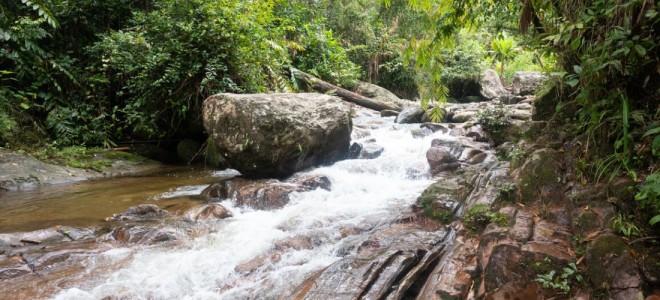The numbers tell a grim tale: a staggering 29% of Madagascar's tree cover disappeared between 2001 and 2023, placing this biodiversity jewel as the 11th-ranked country worldwide for forest loss over that time period. To protect the thousands of species that can only be found in Madagascar’s forests, we must focus on protecting and restoring habitat. There are multiple threats to Madagascar’s habitats, and our program has taken different approaches to address the root of each threat.
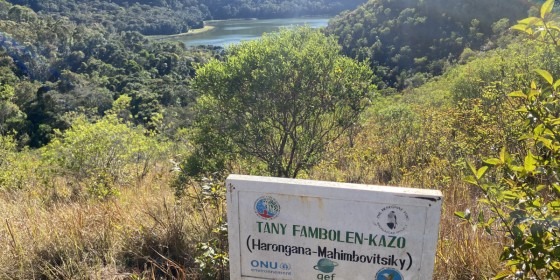
Evan Buechley
Our Solutions
Protected Areas
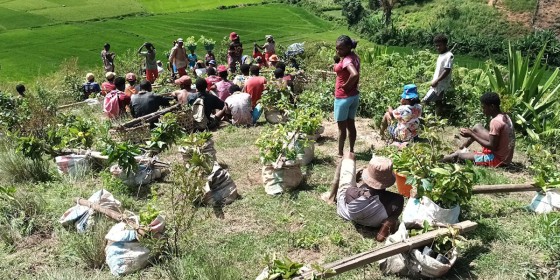
The Peregrine Fund
Our Solutions
Reforestation
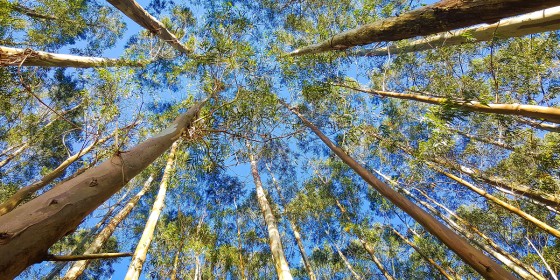
ekaterivnor / Pixabay
Our Solutions
Eucalyptus Plantations
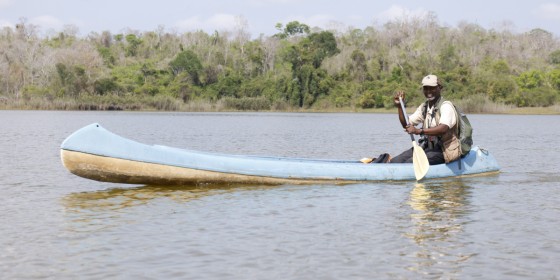
Russell Thorstrom
Our Solutions
Fiberglass Canoes
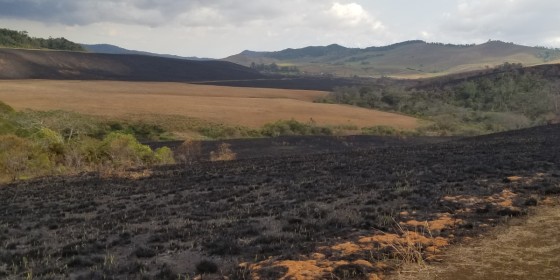
Russell Thorstrom
Our Solutions
